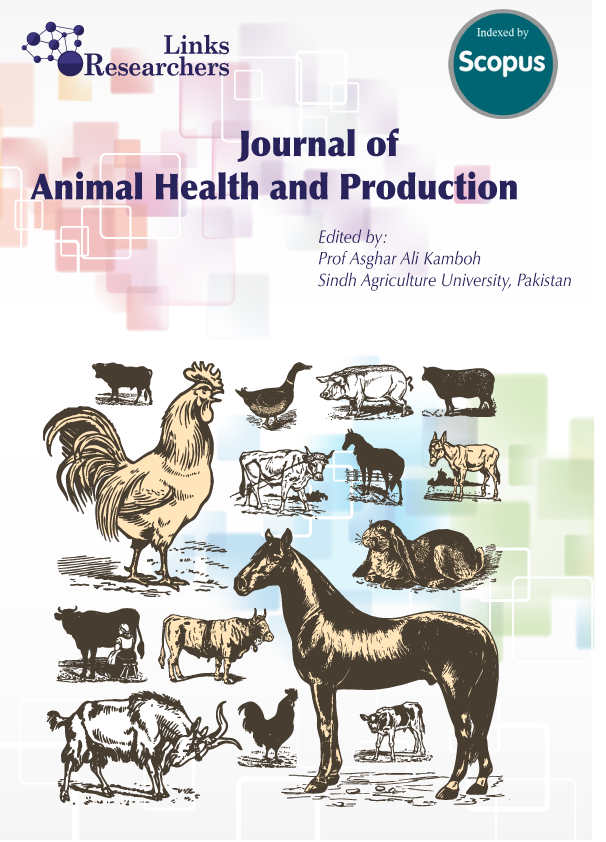Haematological and Histological Evaluation of Camel Bone as a Potential Orthopaedic Biomaterial
Haematological and Histological Evaluation of Camel Bone as a Potential Orthopaedic Biomaterial
Umar Salisu Ahmad1,2*, Adamu Zoaka Hassan2, Echiobi Gaba Emmanuel2, Munir Ari Sani2, Fatai O. Anafi3, Adamu Abdul Abubakar4,1
ABSTRACT
Traditionally, metallic materials like titanium, its alloys, and steel are used for treating fractures and skeletal injuries. Although inert, these materials are often removed post-healing, necessitating a second, costly surgery that can impact patient well-being. To avoid this, a bioabsorbable/biodegradable material (xenograft) is needed.This experimental study aimed to evaluate the effects of implanting camel bones into rat muscle tissue, comparing findings with a control group that had Kirschner wire (inert) implants. The study involved haematological and histological assessments of the implants and surrounding muscles. Sixteen male albinos rats (average weight 125g), divided into two groups of eight, were used. Blood samples were collected on the surgery day and at intervals up to day 28 post-implantation for haematological analysis. On days 14 and 28 post-implantation, two rats from each group were randomly selected and sacrificed for histological analysis of tissue samples from the thigh muscles. Overall performance was satisfactory across all groups. The biomaterials showed no adverse reactions, such as swelling, discharge, or skin color changes at wound sites. The xenogenic camel bone exhibited minimal to moderate inflammatory reactions, typical of normal healing. Haematological parameters remained within the reference range throughout the study. The study confirmed that haematological parameters were within the normal range, indicating good biocompatibility. The material showed minimal to moderate inflammatory reactions in rat tissues. These results should be combined with other parameters for a comprehensive biocompatibility evaluation.
To share on other social networks, click on any share button. What are these?






